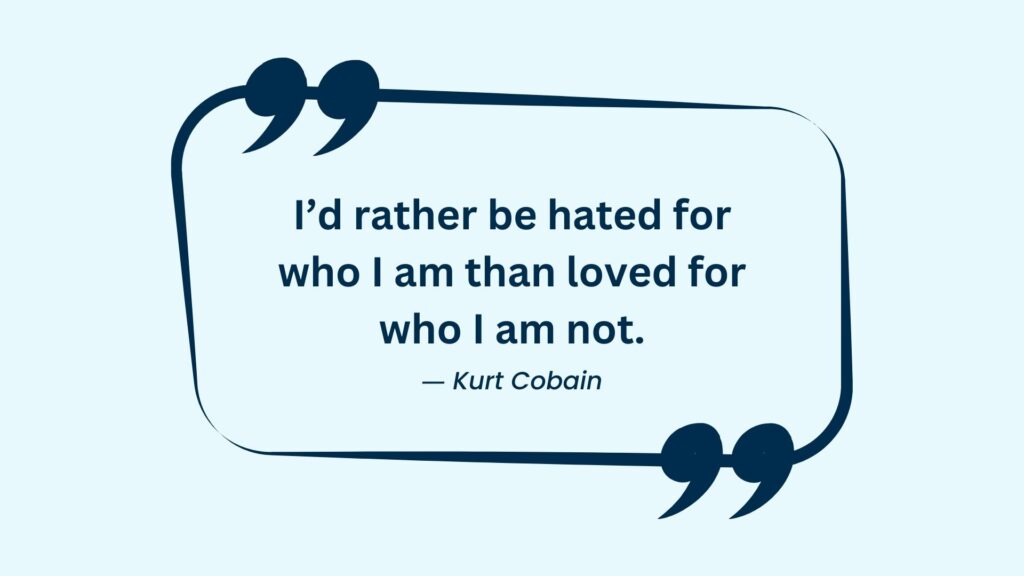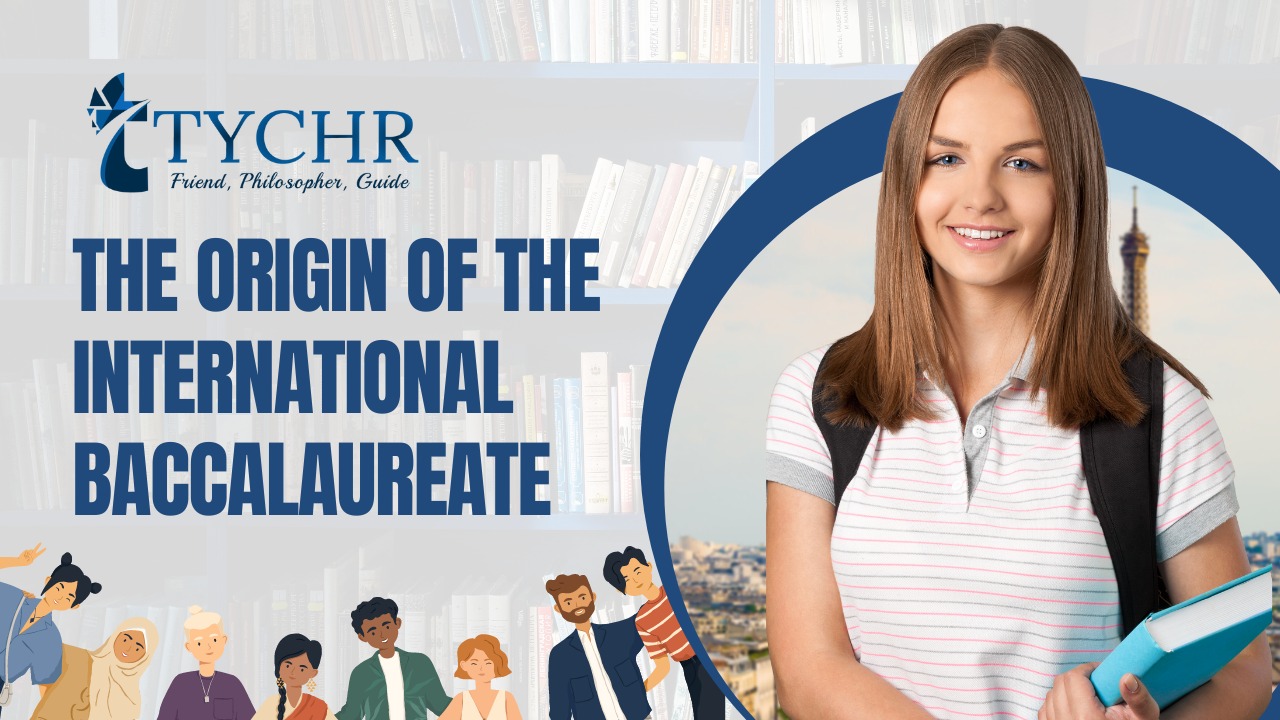Table of Contents
The International Baccalaureate (IB) is an educational program that has gained a reputation for rigour and excellence since its inception in the 1960s. The IB offers four programs: the Primary Years Program (PYP), the Middle Years Program (MYP), the Diploma Program (DP), and the Career-related Program (CP). While the IB is now a well-established international educational organization, its origins are more humble.
The story of the IB begins in the aftermath of World War II. The devastation wrought by the war led to a renewed focus on international cooperation and education. In 1948, a group of educators gathered in Geneva, Switzerland, to discuss the need for a new kind of educational program that would foster international understanding and peace.
The group, which included educators from across Europe and the United States, was led by Marie-Thérèse Maurette, a French educator who had previously been involved in the development of the International School of Geneva. The group agreed that the new educational program should be based on the idea of a liberal arts education and should be designed to prepare students for the challenges of the modern world.
Over the next few years, the group developed a set of educational principles and a curriculum that would become the basis of the IB program. The principles included a focus on critical thinking, a commitment to internationalism, and a belief in the importance of a well-rounded education that included the arts, humanities, and sciences.
In 1960, the first IB school opened in Geneva, Switzerland. The school was called the International School of Geneva and was designed to serve the children of diplomats and other international officials. The school offered a new kind of educational program that was based on the IB’s principles and curriculum.
Over the next few years, the IB program grew in popularity, and more schools around the world began to adopt the IB curriculum. In 1968, the IB was officially founded as a non-profit organization, and the first official IB exams were held in 1971.
In the years that followed, the IB continued to grow and evolve. In 1994, the IB introduced the Middle Years Program (MYP), which was designed for students aged 11-16. The MYP was based on the same principles and curriculum as the DP but was designed to be more accessible to younger students.
In 1997, the IB introduced the Primary Years Program (PYP), which was designed for students aged 3-12. The PYP was based on the same principles and curriculum as the MYP and DP but was designed to be more developmentally appropriate for younger students.
In 2012, the IB introduced the Career-related Program (CP), which was designed to provide students with a more vocational education. The CP combines elements of the DP with vocational training and work experience.
Today, the IB is a global educational organization that serves over one million students in over 150 countries. The IB’s programs are designed to provide students with a well-rounded education that emphasizes critical thinking, internationalism, and a commitment to making the world a better place.
How has the IB Grown?
The IB program is now offered in more than 5,000 schools across 153 countries, with over 1.5 million students enrolled in the program. The program has come a long way since its inception in Geneva, Switzerland, with only seven schools offering the program initially. The IB has expanded to cities all over the world, including major cities such as New York, London, Beijing, Tokyo, and Sydney. The program has also expanded to developing countries such as Ethiopia, Bangladesh, and Uganda, offering an opportunity for students in these countries to receive a quality education.
The IB has become increasingly popular over the years due to its focus on developing critical thinking, creativity, and problem-solving skills. The program offers a challenging and rigorous curriculum that prepares students for university and the workforce. The program is also highly regarded by universities around the world, with many universities offering credit to students who have completed the IB program.
The IB program is divided into three categories: the Primary Years Program (PYP), the Middle Years Program (MYP), and the Diploma Program (DP). The PYP is designed for students aged 3 to 12 years old, the MYP is designed for students aged 11 to 16 years old, and the DP is designed for students aged 16 to 19 years old. Each program is designed to build on the previous program, with the DP being the most challenging and rigorous program of the three.
The IB program is known for its focus on international-mindedness and its commitment to developing students who are knowledgeable, caring, and responsible global citizens. The program encourages students to think critically about global issues and to take action to make a positive difference in the world. The IB also emphasizes the importance of learning languages, with students required to study at least one language in addition to their mother tongue.
In conclusion, the IB program has come a long way since its inception in 1968. The program has expanded to many cities around the world and has become increasingly popular due to its focus on developing critical thinking, creativity, and problem-solving skills. The IB program is highly regarded by universities around the world and is known for its focus on international-mindedness and its commitment to developing students who are knowledgeable, caring, and responsible global citizens. The IB program has been a success story, providing an opportunity for students around the world to receive a quality education and prepare for university and the workforce.

From Nobel Prize winners to world leaders, the IB has been instrumental in shaping the lives of some of the world’s most influential people. Here are a few famous people who did the IB and their stories:
1. Malala Yousafzai
Malala Yousafzai is a Pakistani activist and the youngest-ever Nobel Prize laureate. She completed her IB diploma at the Edgbaston High School for Girls in Birmingham, UK. Yousafzai is an advocate for girls’ education and has been recognized for her work in promoting education and women’s rights.
2. Justin Trudeau
The current Prime Minister of Canada, Justin Trudeau, completed his IB diploma at the Collège Jean-de-Brébeuf in Montreal. Trudeau is known for his progressive policies and commitment to equality, and his IB education has undoubtedly influenced his worldview.
3. Serena Williams
Serena Williams, the legendary tennis player, completed her IB diploma at the Keystone School in San Antonio, Texas. Williams is considered one of the greatest athletes of all time and has won 23 Grand Slam singles titles, including four Olympic gold medals.
4. Prince William
Prince William, the Duke of Cambridge, completed his IB diploma at Eton College in the UK. The future king of England is known for his charitable work and commitment to environmentalism, and his IB education undoubtedly contributed to his worldview.
5. J.K. Rowling
The author of the Harry Potter series, J.K. Rowling, completed her IB diploma at Wyedean School and College in the UK. Rowling’s books have sold over 500 million copies worldwide and have been translated into over 80 languages.
6. Aung San Suu Kyi
Aung San Suu Kyi is a Burmese politician and the leader of the National League for Democracy in Myanmar. She completed her IB diploma at St. Hugh’s College, Oxford, and went on to become a prominent democracy activist in her home country.
7. Yo-Yo Ma
Yo-Yo Ma is a world-renowned cellist who completed his IB diploma at the Juilliard School in New York. Ma has won numerous awards for his music and has been a UN Messenger of Peace since 2006.
8. Ginni Rometty
Ginni Rometty is the former CEO of IBM and completed her IB diploma at North Shore Country Day School in Winnetka, Illinois. Rometty is known for her leadership skills and her commitment to innovation in the tech industry.
These are just a few examples of the many successful people who have completed the IB program. The IB’s rigorous curriculum and focus on critical thinking and internationalism have undoubtedly played a role in shaping the worldviews and accomplishments of these individuals. The IB continues to be a respected and influential educational program, and its graduates are likely to continue making significant contributions to the world in the years to come.
Conclusion
The IB originated from a desire for a new kind of educational program that would foster international understanding and peace. Over the years, the IB has grown and evolved, but its core principles and curriculum remain the same. Today, the IB is a global educational organization that is recognized for its rigour and excellence, and it continues to play an important role in preparing students for the challenges of the modern world.








